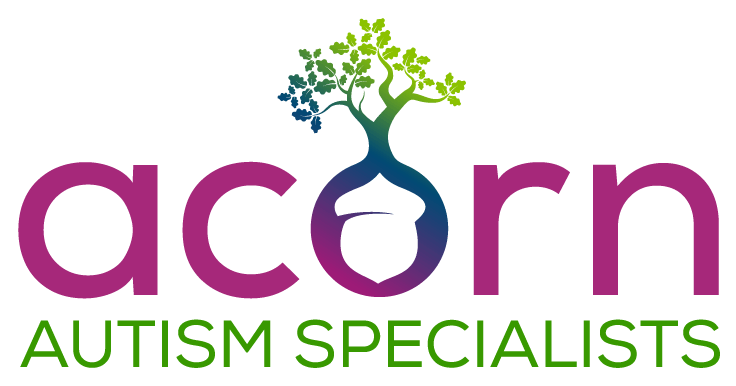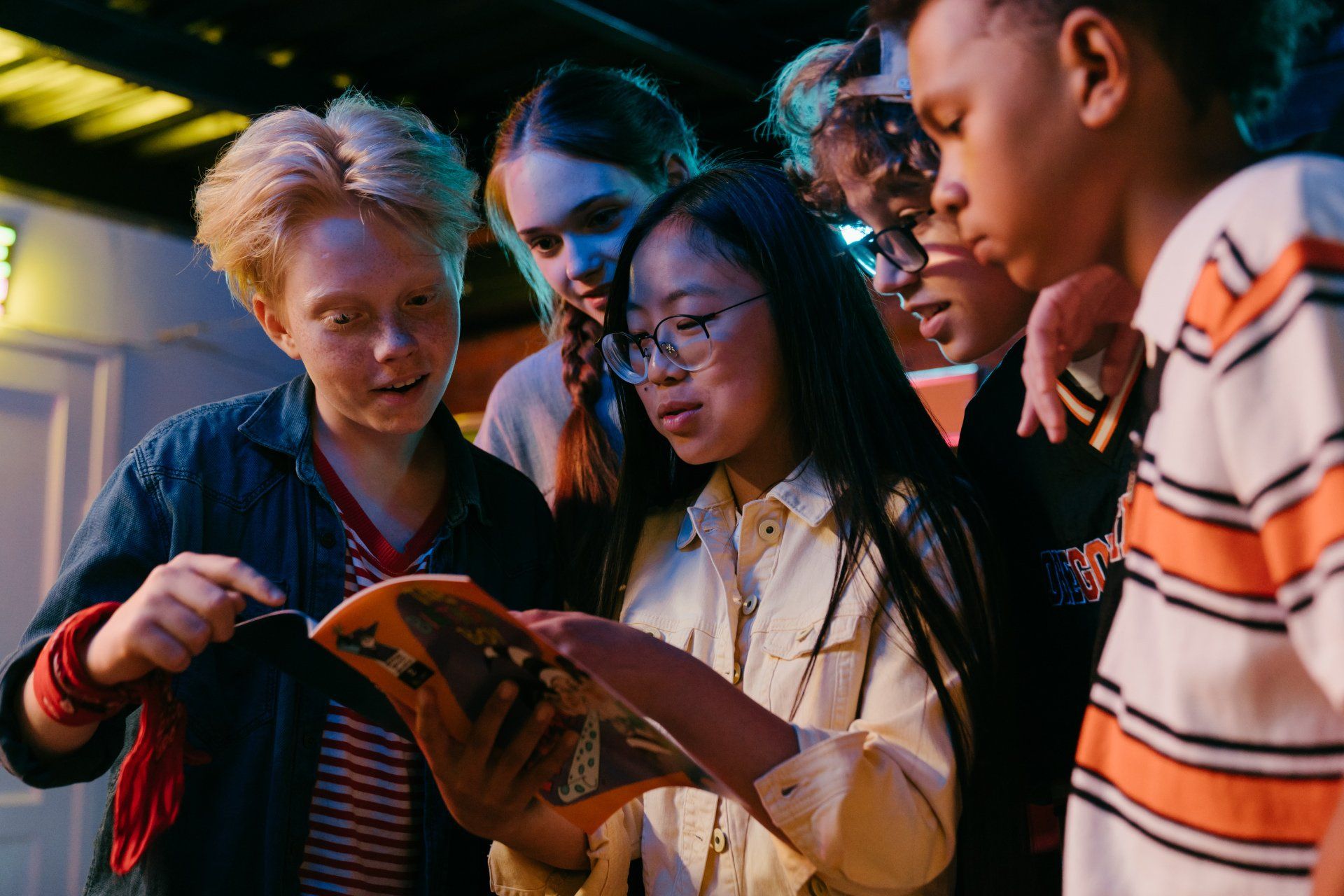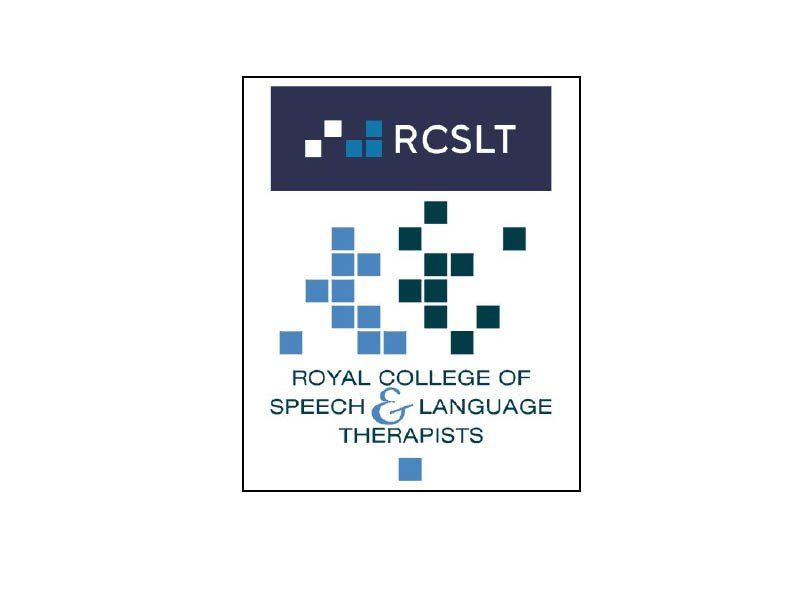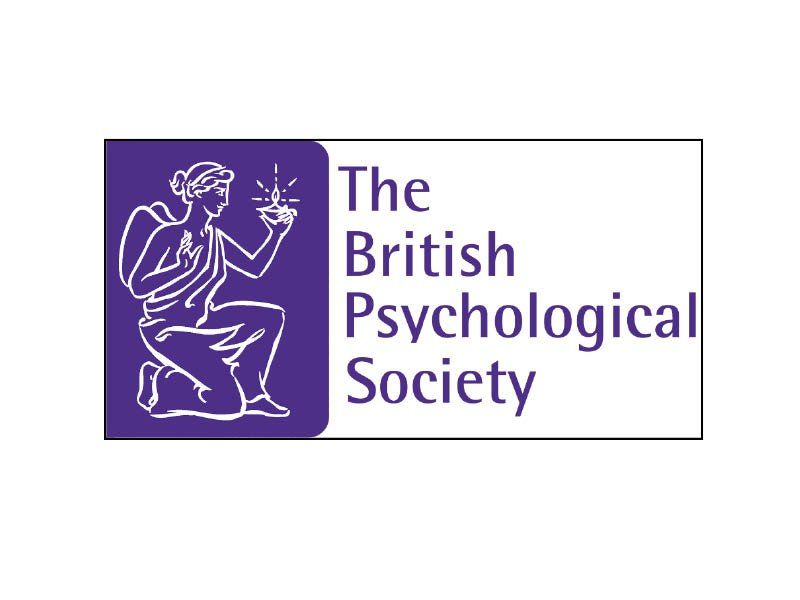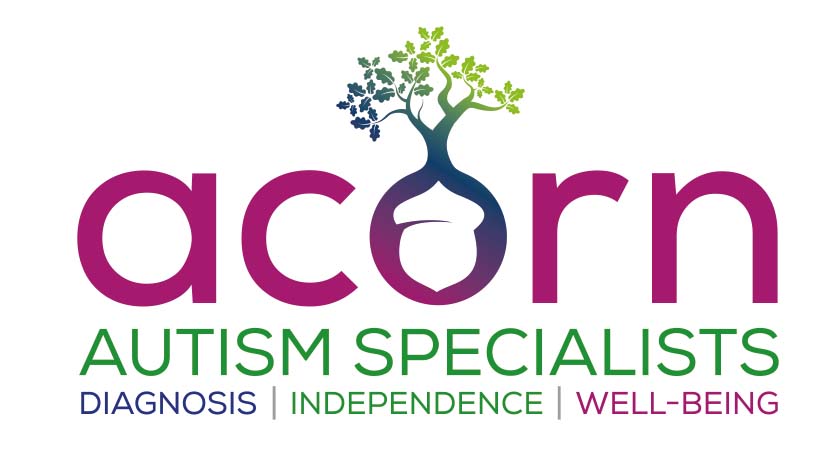A word about autism blog
Laughing is not always a laughing matter
In autism, there is laughing/giggling and ‘laughing/giggling’. There can be numerous reasons to laugh, which are difficult to understand by ‘outsiders’:
Of course, autistic individuals laugh when they are happy, or if they find something funny.
However, they often laugh to release fear, tension and anxiety. What is very difficult for their parents to comprehend (and accept) is that they might laugh or giggle non-stop when someone is crying. This may be one of their defensive strategies – when they are sad, they try to lessen this by ‘feeling the cheerful emotions of a happy mind-movie’ (O’Neill).
‘Perceptual thinkers’ experience thought as reality. This means that when they think about something, they relive it visually, auditorily and emotionally. O’Neill (1999) compares this with ‘watching a movie: a mind-movie’ – the pictures of thoughts in this movie ‘transport you and create emotions as you view scenes’.
It is not uncommon to see autistic children giggling to themselves. One reason might be that they are reliving some funny moment, using recorded, stored sensory images. Funny memories triggered by sight, sound, smell, movement, etc. bring bursts of giggling. (While remembering, they re-experience those funny moments).
Some (with hypotactility/ hypoproprioception/ hypointeroception – either permanent or temporary) may laugh when they experience pain. For example, if the child doesn’t feel anything, he can scratch himself, bite himself, bang his head against the wall – causing himself pain, to ease emptiness/ feel something; then even pain can be a pleasurable experience – it brings the feeling of being alive.
They perceive certain (visual/auditory/tactile, etc.) stimuli differently: some of them can look/sound/feel funny – so the child can start laughing.
Synaesthetic experiences often cause laughter: certain sounds, for example, can produce funny tickling on the skin or fascinating colours or sparkling lights and the air becomes full of light tongues of different colours.
To please others: when others are laughing at a joke or a funny situation, the child may start laughing as well (even without understanding of what’s so funny). Seeing that his mother, for instance, was pleased with this reaction, next time in a seemingly similar situation, the child might start giggling to please those around him.
